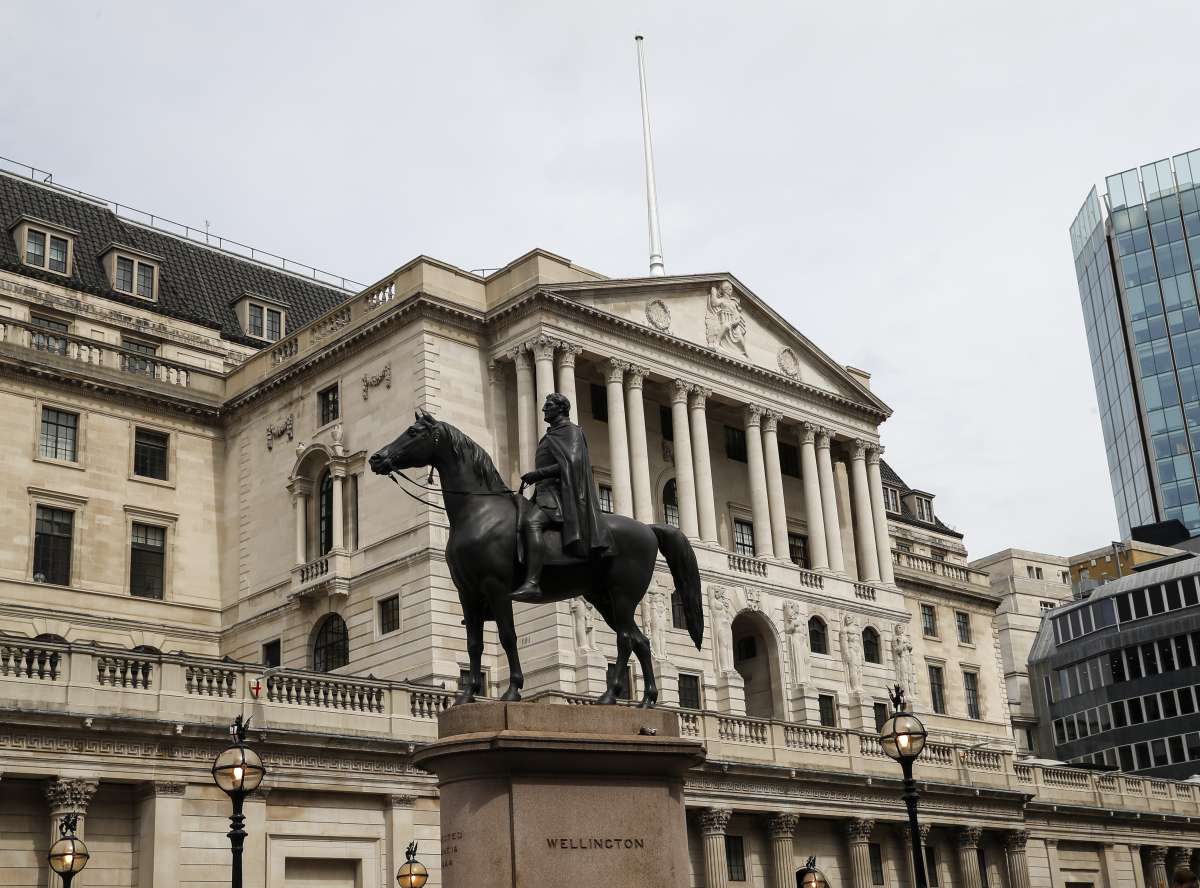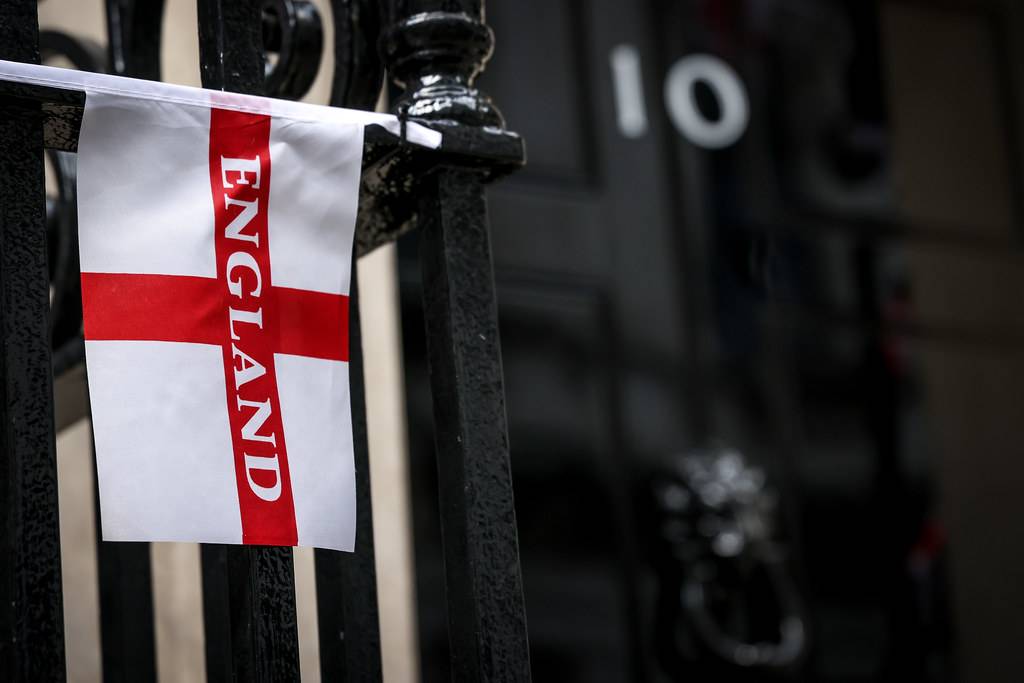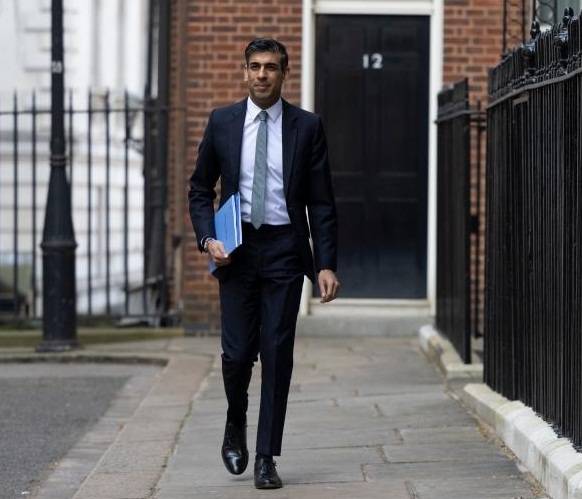Official figures on Wednesday showed a surprise fall in inflation in August, and brought to a halt the central bank’s most aggressive round of rate increases in decades…reports Asian Lite News
Mortgage holders have been offered relief after the Bank of England kept interest rates on hold for the first time in almost two years, raising the prospect that a peak in borrowing costs has been reached in the battle against inflation.
In a knife-edge decision as the economy comes under growing pressure, the Bank’s monetary policy committee (MPC) voted by a narrow majority to hold its key interest rate at 5.25% – already the highest level since the 2008 financial crisis.
Official figures on Wednesday showed a surprise fall in inflation in August, and brought to a halt the central bank’s most aggressive round of rate increases in decades – 14 consecutive rises since the end of 2021.
Exposing a split within the Bank’s most senior ranks, the nine-strong MPC was divided 5-4 with a minority pushing for a further quarter-point rise. The Bank’s governor, Andrew Bailey, cast the decisive vote in favour of a pause.
“Inflation has fallen a lot in recent months, and we think it will continue to do so. That’s welcome news. But there is no room for complacency,” he said, indicating that the Bank stood ready to take further action if required. “We need to be sure inflation returns to normal and we will continue to take the decisions necessary to do just that.”
Financial markets bet the central bank had reached the end of its round of rate increases, while Britain’s biggest high street lenders – including Nationwide – cut the rate on their mortgage products amid the anticipation of no further changes.
The chancellor, Jeremy Hunt, said Britain was “starting to see the tide turn against high inflation”, while saying the government was on track to meet its promise to halve inflation this year. “Now is the time to see the job through,” he said.
However, borrowing costs are expected to remain at high levels for a lengthy period as the central bank attempts to return inflation to the 2% target set by the government without tipping the economy into recession.
Threadneedle Street said risks to the economy were gathering as the impact from previous rate increases weighs heavily on households and businesses, saying it foresaw only a slight rise in output in the third quarter of the year and “weaker than expected” growth in the second half.
Financial markets had been finely balanced in the run-up to the decision, with the City predicting a near-even chance of a quarter-point rise, reflecting the difficulty for the Bank in steering through a period of high inflation and deteriorating economic growth.
The Bank, the chancellor and City investors were wrongfooted by the unexpected fall in UK inflation in August, to 6.7%, while separate figures showed a cooling jobs market and weaker levels of economic activity.
Central banks around the world are approaching the end of the rate-hiking cycle, which started after the inflation shock triggered by the Covid pandemic and Russia’s war in Ukraine. The US Federal Reserve left borrowing costs unchanged on Wednesday, while the European Central Bank raised interest rates last week in a move many economists said could be its final increase.
Get set for the working day – we’ll point you to all the business news and analysis you need every morning
Highlighting divisions within the MPC, the Bank’s outgoing deputy governor Jon Cunliffe broke ranks to join three of the independent economists on the nine-strong panel in calling for a further quarter-point rate rise. His decision is considered unusual because the five Bank insiders on the MPC typically move as a bloc.
Cunliffe, who will leave the committee after completing his final term at the Bank this autumn, was joined in the minority by the independent economists Megan Greene, Jonathan Haskel and Catherine Mann. The other external member, Swati Dhingra, voted with the majority to leave rates on hold.
The decision to leave rates unchanged will come as a rare piece of welcome economic news for Rishi Sunak as the prime minister comes under fire over his plans to water down the government’s net zero promises.
However, millions of mortgage holders are yet to refinance from cheaper deals agreed before the Bank started raising borrowing costs, a ticking timebomb for households in the run-up to the next election.
Rachel Reeves, the shadow chancellor, said: “Households coming off fixed rate mortgages will be paying an average of £220 more a month and inflation remains high because of the Conservatives’ disastrous mini-budget.”
ALSO READ-Bank of England increases key interest rate to 15-year high
















